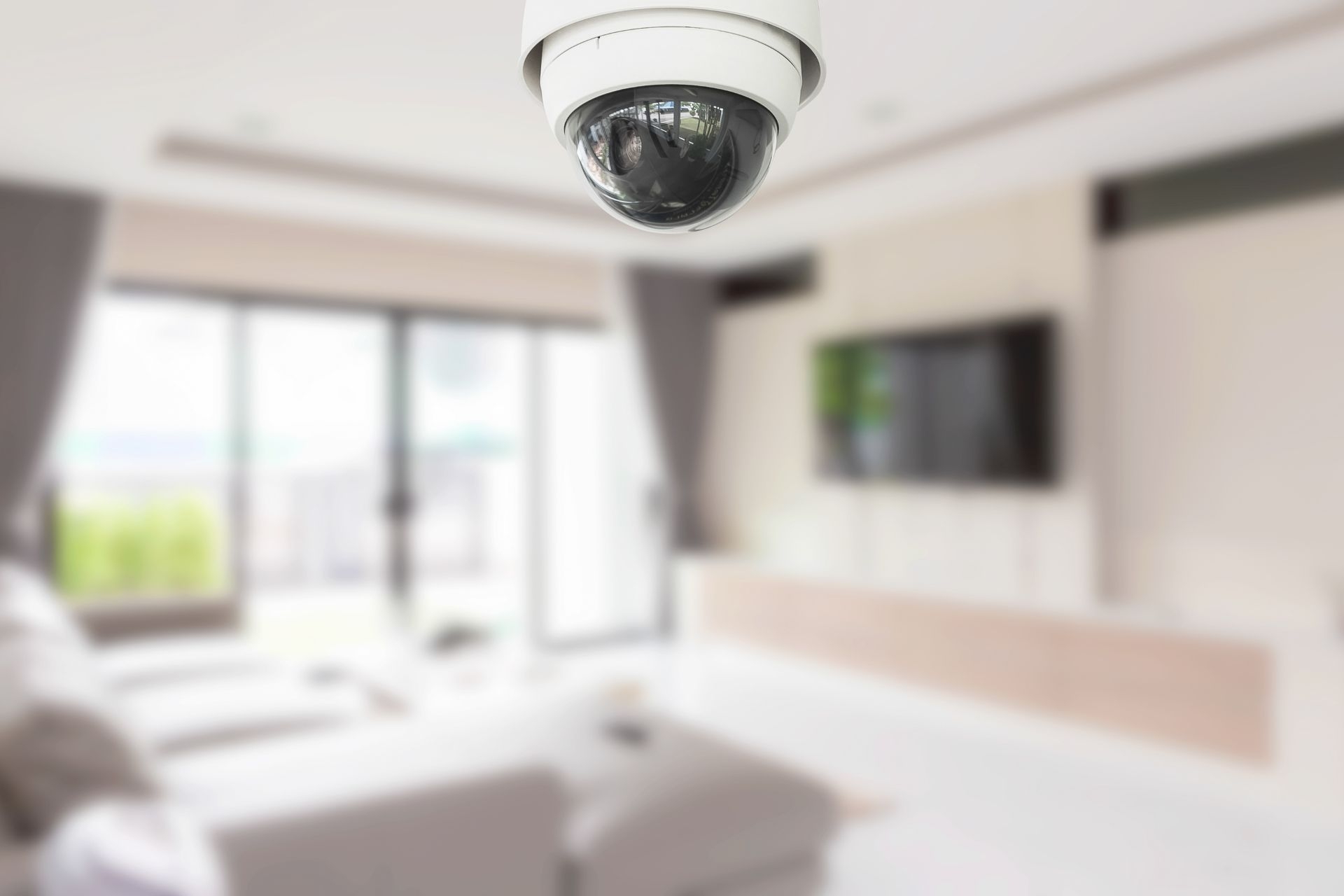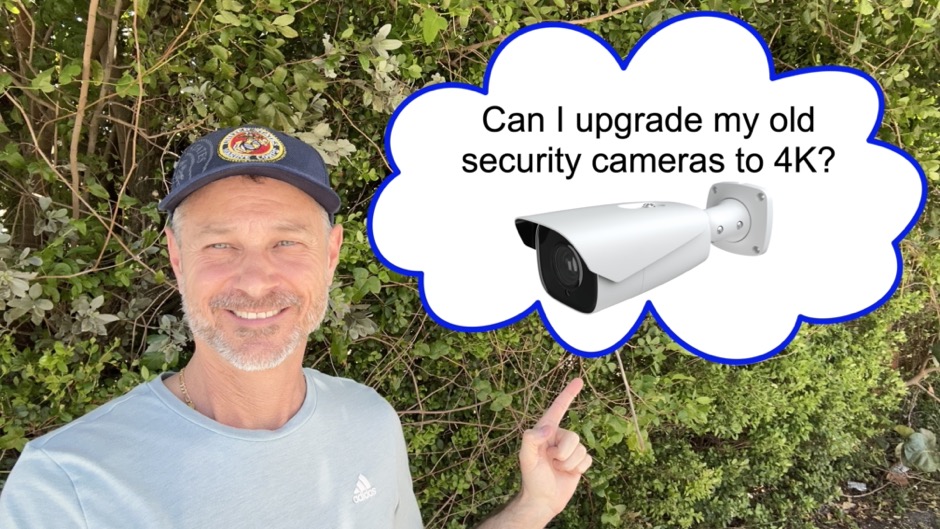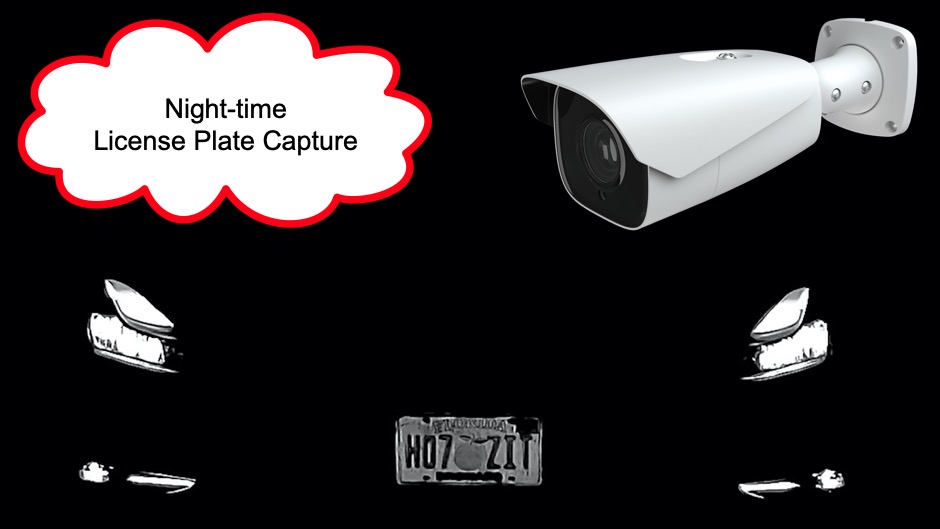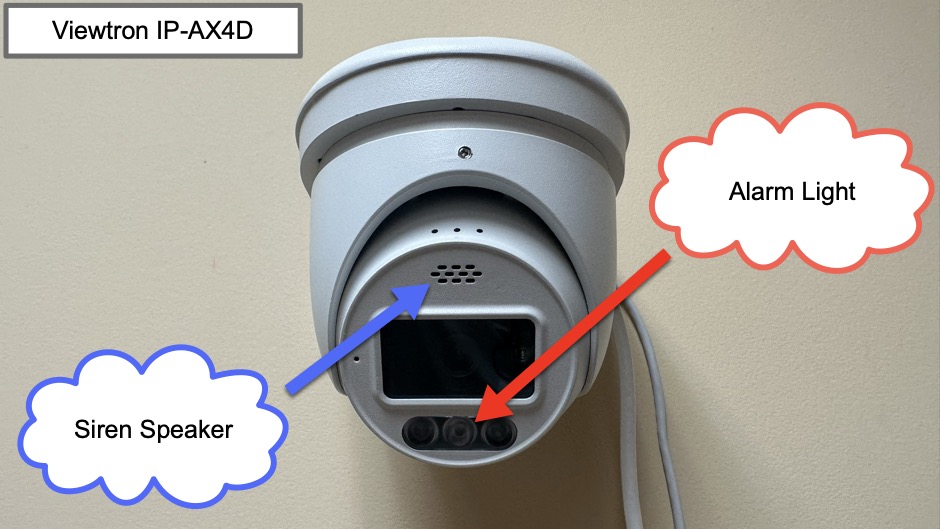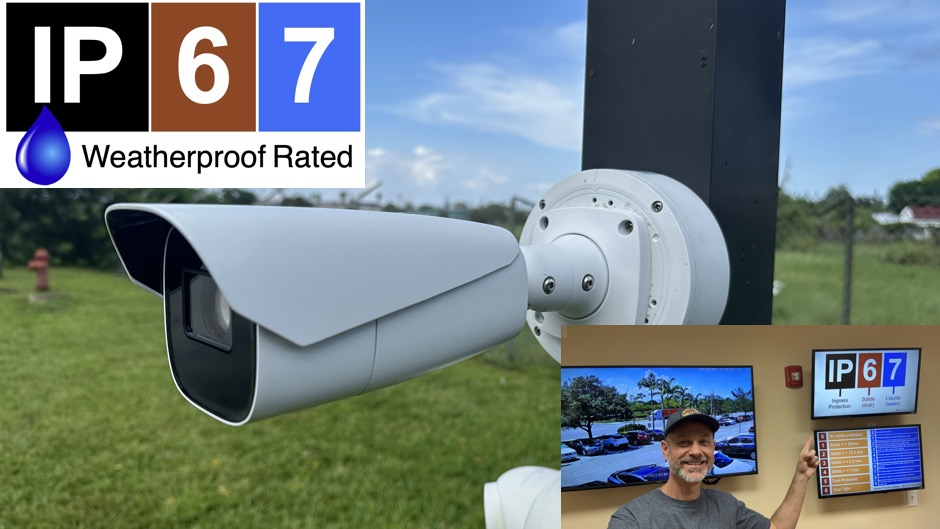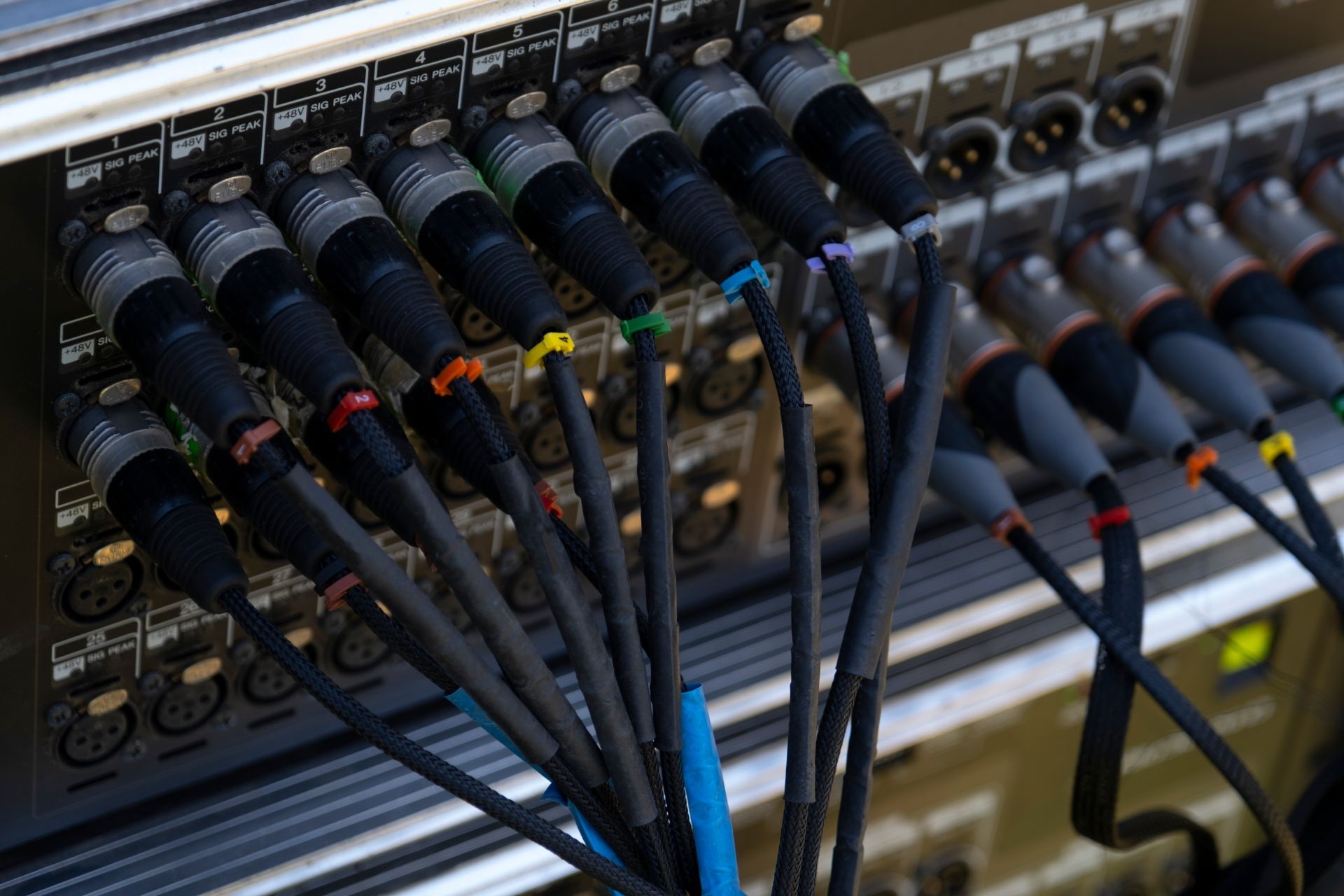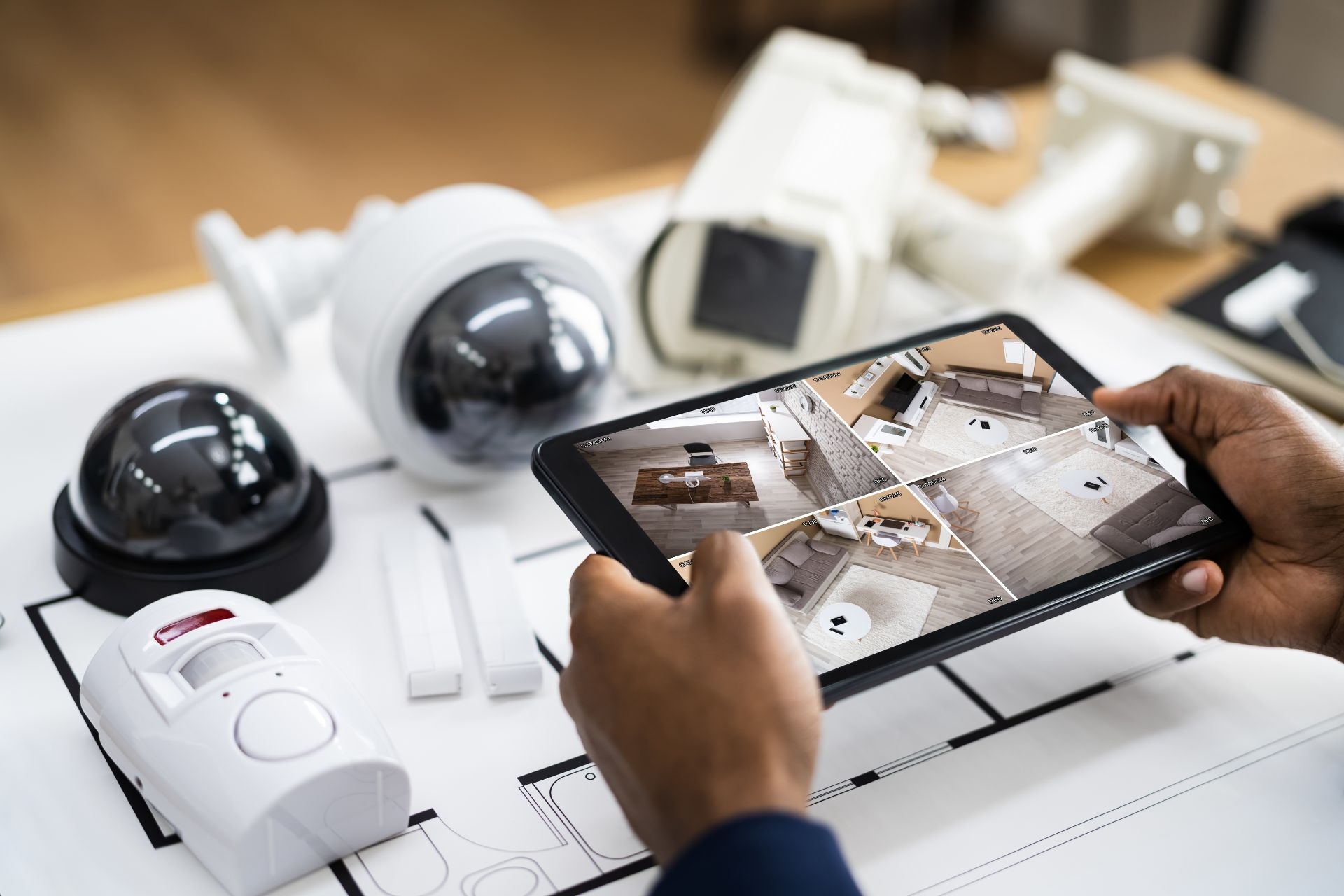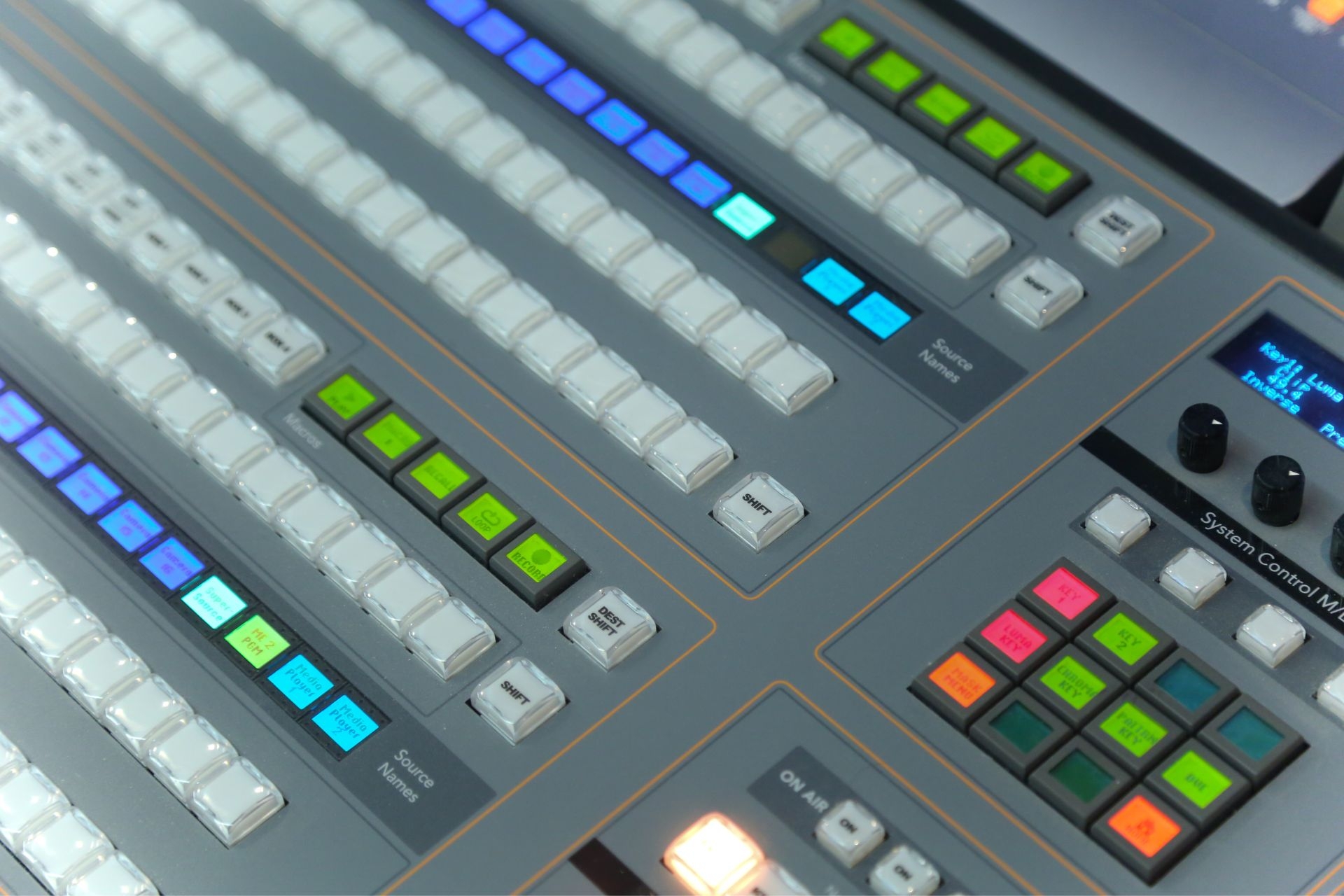Low-Light Performance Cameras
How do low-light performance cameras utilize larger pixel sizes to capture more light in dark environments?
Low-light performance cameras utilize larger pixel sizes to capture more light in dark environments by increasing the surface area of each pixel on the sensor. This allows each pixel to gather more light, resulting in brighter and clearer images even in low-light conditions. Larger pixel sizes help to improve the signal-to-noise ratio, reducing image noise and producing better quality photos and videos in challenging lighting situations.
Outdoor Commercial Security Camera Installation Equipment and Strategies
